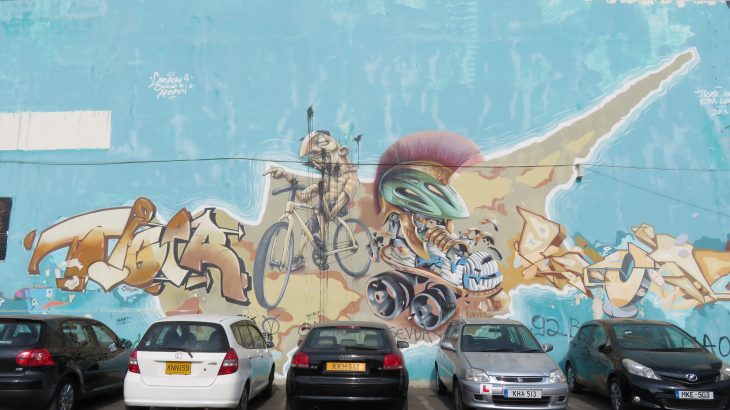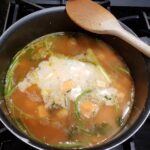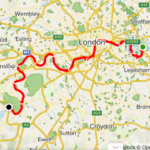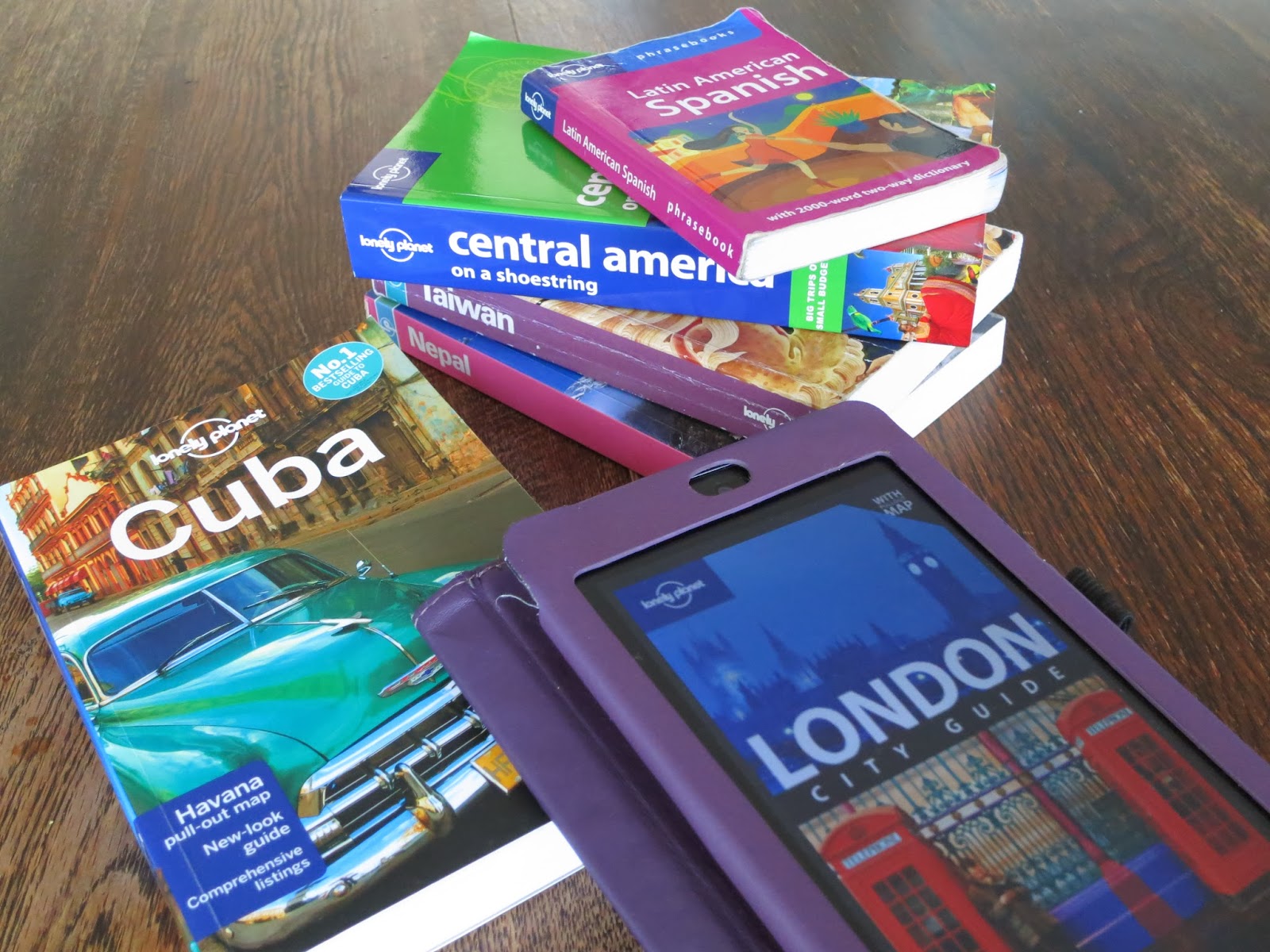It was only recently that Cyprus appeared on my radar in terms of a potential holiday destination. Of course for a country to feature on my shortlist, it has to offer more than beaches. After researching, I found quite a bit to do and see.
I have grown up, thinking of Cyprus as a beach and resort holiday destination. Friends at school would visit with parents. Later on it continued to be popular with those with time shares, retirees and Expats as well as sun seekers.
Although clubbing in Ayia Napa might have suited me twenty years ago, I found it was the history, UNESCO sights and Street Art that was the main draw for a visit.
Getting around
Practically speaking the Republic of Cyprus (the southern/Greek part) has 4 main cities. Nicosia (capital), Paphos, Limassol and Larnaca. The Turkish Republic of Northern Cyprus (only recognised by Turkey) main cities are Nicosia and Kyrenia. The inaccessible part (in between), at least for the majority of residents and visitors, is the British Military Sovereign Base.
Public transport is fairly regular between the main cities and most places are within a couple of hours, across the island. To explore properly a car is a necessity, especially if you base yourself in a city, which will allow better coverage of the area.
Where to visit
Nicosia (Lefkosia)
This is the last divided capital in the World so a curious traveller, like myself, will find it an interesting destination. The old town is situated inside the historic Venetian walls but the new town, just outside, also has a few sights.
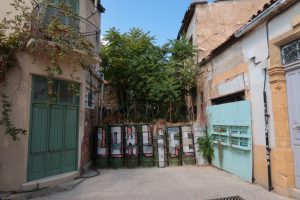
The green line
Larnaca (Larnaka)
With an airport, Larnaca is a good entry point from many parts of Europe. There are some old and new sights, and an extensive variety of shops and restaurants. This is a perfect base for visiting Lefkara, Nicosia, Ayia Napa, Protaras and a day trip over the border to Famagusta and Varosha (the ghost town).
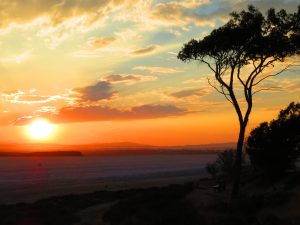
Larnaca salt lake
Ayia Napa
Surprisingly this isn’t just a party town. The area is very modern, with plenty of shops and restaurants and popular with families. Away from the clubbing and drinking scene are some interesting sights.

Agioi Saranta
Paphos (Pafos)
Here is another airport, which makes this a popular start or end point. The famous Aphrodite’s Rock and many historical ruins can be found close by. The Akamas Peninsula National Park is also in the area; great for hiking. Limassol in the South is accessible within an hour and there are many places worth a visit, located in between.

Akamas gorge
Limassol (Lemossos)
With an annual wine festival and Street Art festival, Limassol is generally fairly sedate outside of these events. There is a little to see in terms of sights in the old town andand modern marina offers plenty of upmarket shops and restaurants in a lovely waterside setting.

Limassol wine festival
Troodos Mountains
Numerous villages scatter the mountain roads. Many attract visitors who prefer a cooler climate. This is of course a popular area for hiking. In addition the UNESCO painted churches can be found here. It’s interesting to note that in winter, for about 1 month of the year, there is snow, which is apparently good for skiing.
Northern Cyprus
The north of the island is Turkish occupied, so entry is possible but check the latest news, as access may change. It is only possible to fly into the north via Turkey at the moment, although you can cross the border with a vehicle. Note that additional insurance may be necessary for cars.

Troodos painted church
When to visit
Whilst those that enjoy the beach life base themselves in Protaras, Ayia Napa, Limassol and Paphos – the more adventurous will find the historical parts and sights uncrowded most of the year.
As the temperature can be very hot between June to August, the months of September to March are generally off peak and cooler for exploring.
The historical sights are best visited in the early morning or late afternoon to avoid the heat of the day, as many are not shaded.
Historical sights
With a number of UNESCO sites, and numerous archaeological areas, there is plenty to explore in terms of historical locations, all around the island. If you have a car it will be easy to visit most places, but otherwise public transport can be a little unreliable or time consuming.
Festivals
As mentioned above Limassol hosts an annual wine festival. Buses from all over the island run direct to the event which is frequented by many locals and of course tourists. There are many wineries taking part and Cyprus wine is very drinkable so if you miss the festival make sure you include a visit to a winery on your itinerary.
An annual Street Art festival takes place in Limassol and Larnaca. Other cities including Ayia Napa have more recently held similar events. Both resident and overseas artist’s take part.
Street Art
If there isn’t a festival taking place when you plan to visit, there is still significant Street Art to find. Each of the main cities has a collection of permanent works as well as new pieces appearing all the time. Of course I’ll be writing a specific post on this, so check back soon for more.
Food
There is no shortage of good food on offer. Greek meze is common, and a great way to try numerous dishes. Just be prepared for a LOT of food.

Meze
Grilled meat is on every menu, but there are a number of other local specialities, as well as a variety of other foods from around the World. Recommendations to follow in a future post.
With year round good weather, Cyprus is popular with beach lovers. There is definitely much more to do if you fancy escaping the sunbathing for a bit or just want to visit to explore.
Flights from the UK are approximately 5 hours which may feel a little far, but coupling a visit with another European destination would be ideal.
There’s plenty more to come from my visit to Cyprus, so check back soon or follow me on Facebook/Twitter, or subscribe to updates.
